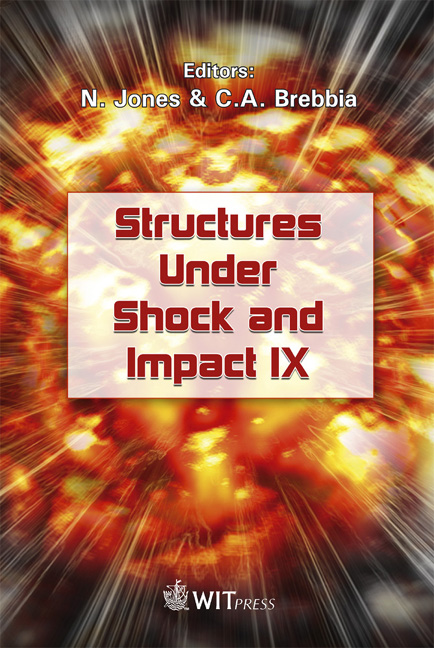Prediction Of Airblast Loads In Complex Environments Using Artificial Neural Networks
Price
Free (open access)
Transaction
Volume
87
Pages
10
Published
2006
Size
535 kb
Paper DOI
10.2495/SU060271
Copyright
WIT Press
Author(s)
A. M. Remennikov & P. A. Mendis
Abstract
Predicting non-ideal airblast loads is presently a complex computational art requiring many hours of high-performance computing to evaluate a single blast scenario. The goal of this research is to develop a method for predicting blast loads in a non-ideal environment in real time. The proposed method is incorporated in a fast-running model for rapid assessment of blast loads in complex configurations such as a dense urban environment or a blast environment behind a blast barrier. This paper is concerned with an accurate prediction of the blast loads from a bomb detonation using a neural network-based model. The approach is demonstrated in application to the problem of predicting the blast loads in city streets. To train and validate the neural networks, a database of blast effects was developed using the Computational Fluid Dynamics (CFD) blast simulations. The blast threat scenarios and the principal parameters describing the street configurations and the blast wall geometry were used as the training input data. The peak pressures and impulses were used as the outputs in the neural network configuration. Keywords: neural networks, blast loads, urban environment, explosion, numerical simulation. 1 Introduction Protecting civilian buildings from the threat of terrorist activities is one of the most critical challenges for structural engineers today. Events of the past few years have greatly heightened the awareness of structural designers of the threat
Keywords
neural networks, blast loads, urban environment, explosion, numerical simulation.





